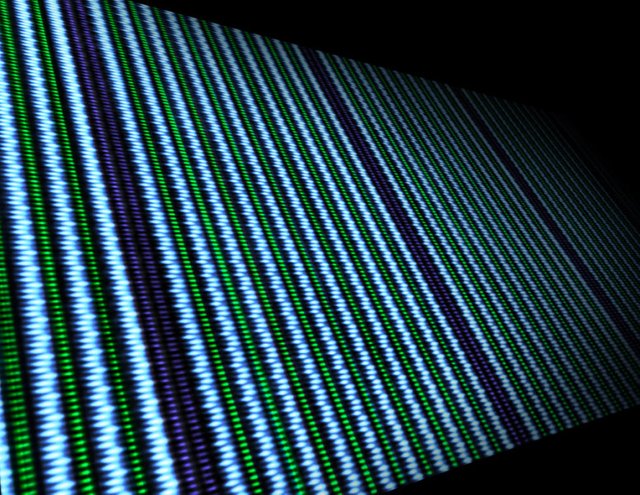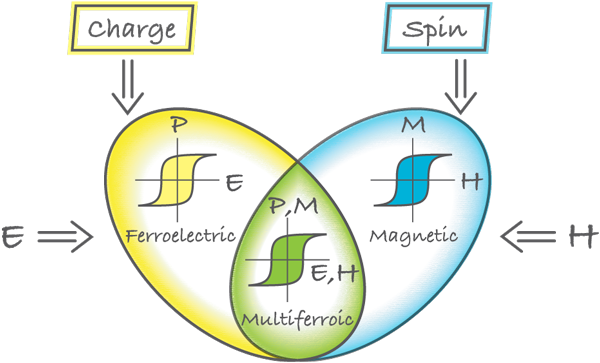"Nuclear sandwiches" can reduce the power consumption of computers 100 times


Considered multiferroic materials that exhibit at least two of the three properties: ferromagnetism (iron property for magnetization to maintain this state), ferroelectric a (occurrence of spontaneous dipole moment) or segnetoelastic (spontaneous deformation). Researchers in the work successfully joined ferromagnetic and ferroelectric materials so that their position can be controlled via the electric field at a temperature near room temperature.

The authors constructed a hexagonal atomic lutetium oxide film of iron (LuFeO3). The material has a pronounced ferroelectric and magnetic properties. It consists of alternating monolayers of lutetium oxide and iron oxide. To create an "atomic sandwich", the researchers turned to the technology of molecular beam epitaxy. It is possible to collect two different materials into one atom by atom, layer by layer. During assembly, it was found that when injected through each of ten alternations one additional layer of iron oxide, it is possible to completely change the properties of the material and have a pronounced effect magnetic. In operation they used 5V sensor of an atomic force microscope, the polarization of the ferroelectrics to switch up and down, creating a geometric pattern of concentric squares.
Lab tests showed that the magnetic and electric atoms can be controlled by an electric field. The experiment was conducted at a temperature of 200-300 Kelvin (-73 - 26 degrees Celsius). All the previous development work only at lower temperatures. Multiferroic, jointly established by the Lawrence Laboratory at Berkeley and Cornell University - a first material, which can be operated at a temperature close to room temperature. "Together with our new material in all four currently known which exhibit properties Multiferroic at room temperature. But only one of them, the magnetic polarization can be controlled by an electric field "- says Darrell Shlomo, a professor at Cornell University, which is one of the main participants in the study. This achievement can then be used to create microprocessors with low-power devices for storing data, and a new generation of electronics.
In the near future, scientists plan to explore the possibility of reducing the threshold voltage, which is necessary to change the direction of polarization. To do this, they're going to experiment with different substrates to create new material. "We want to show that the multiferroic will work for half a volt as well as five" - says Ramesh Ramamurthy, deputy director of the National Laboratory behalf of the Lawrence Berkeley. In addition, they hope to create a valid device on the multiferroic base in the near future
For Ramesh is not the first achievement. In 2003, he and his team have successfully created a thin film of one of the most well-known multiferroic - bismuth ferrite (BiFeO3). Dense mass bismuth ferrite is an insulating material, and the film, which can be separated from it, may conduct electricity at room temperature. Another major achievement in the field of multiferroic also applies to 2003. Then Tokura Kemuri team opened a new class of materials in which magnetism is ferroelectric properties. These achievements were the starting point for the basic ideas in this area.
The realization that these materials have great potential for practical application, has led to extremely rapid development of multiferroic. They require far less power to read and write data than the current device based on semiconductors. In addition, these data do not become zero after the power failure. These properties allow you to design a device that will be enough short electrical pulses instead of continuous current necessary for modern devices. Founders of the new estimated Multiferroic devices using this technology will consume 100 times less power.
Today, about 5% of global energy consumption accounts for electronics. If in the near future will not reach serious achievements in this field, which will lead to reduced energy consumption, this will rise to 40-50% by 2030. According to the US Energy Information Administration, in 2013 the world's electricity consumption amounted to 157.581 TWh. In 2015, there was stagnation in world consumption due to the reduction of growth in China and recession in the US.